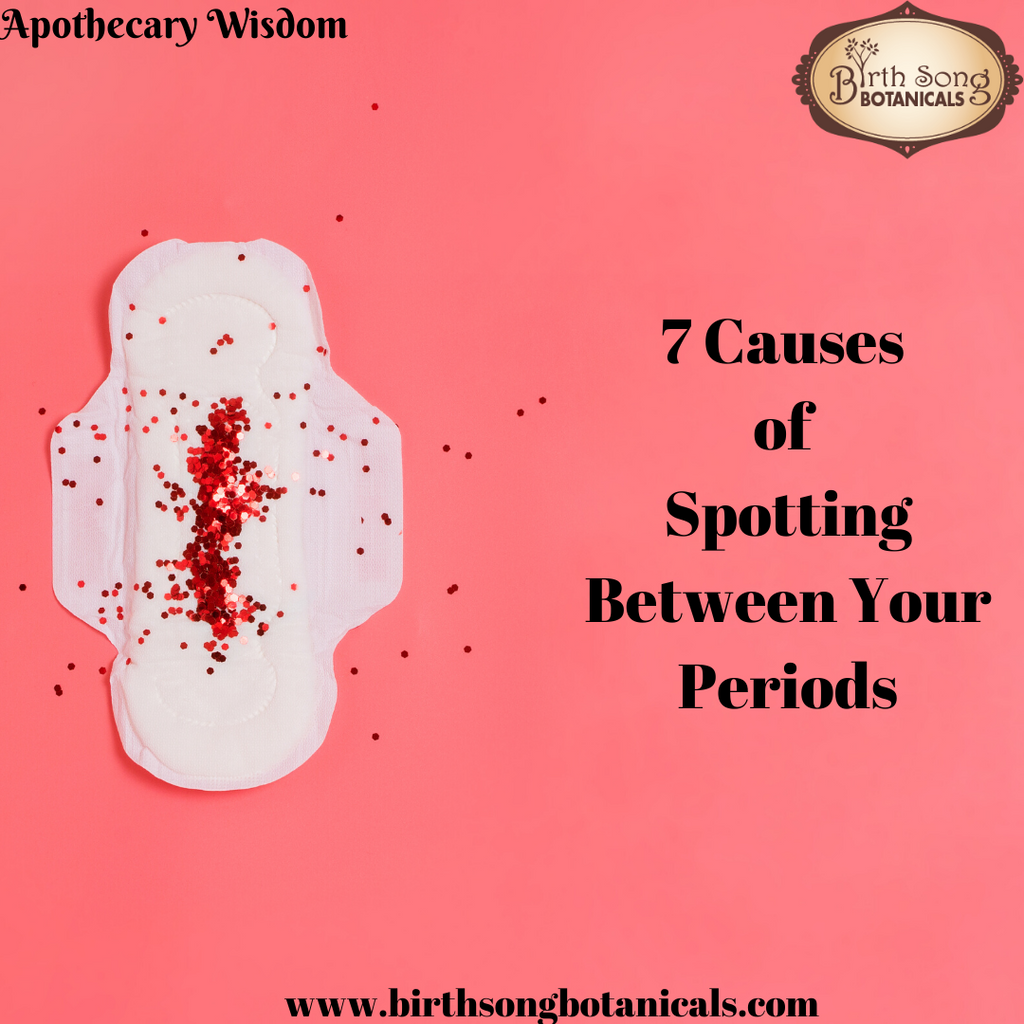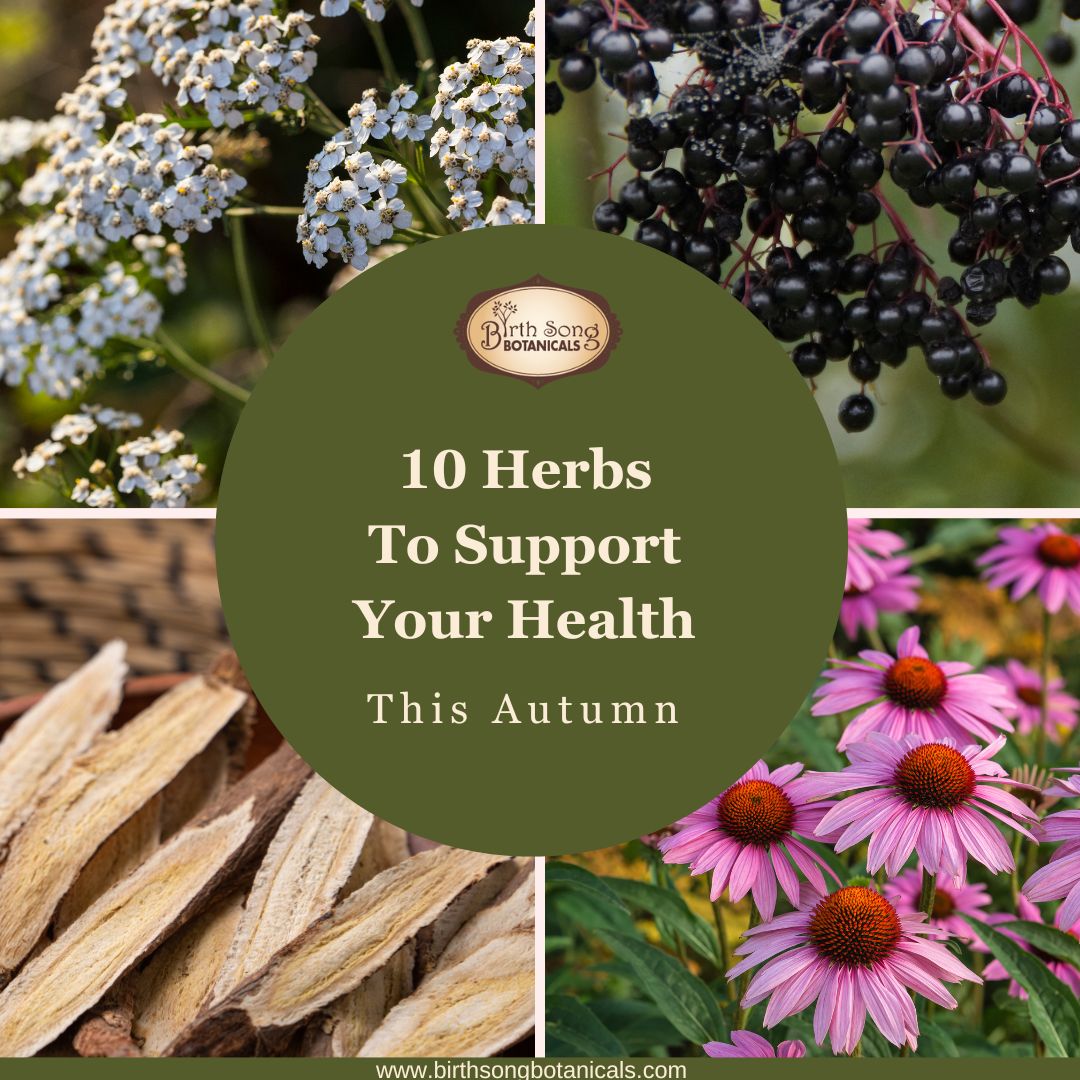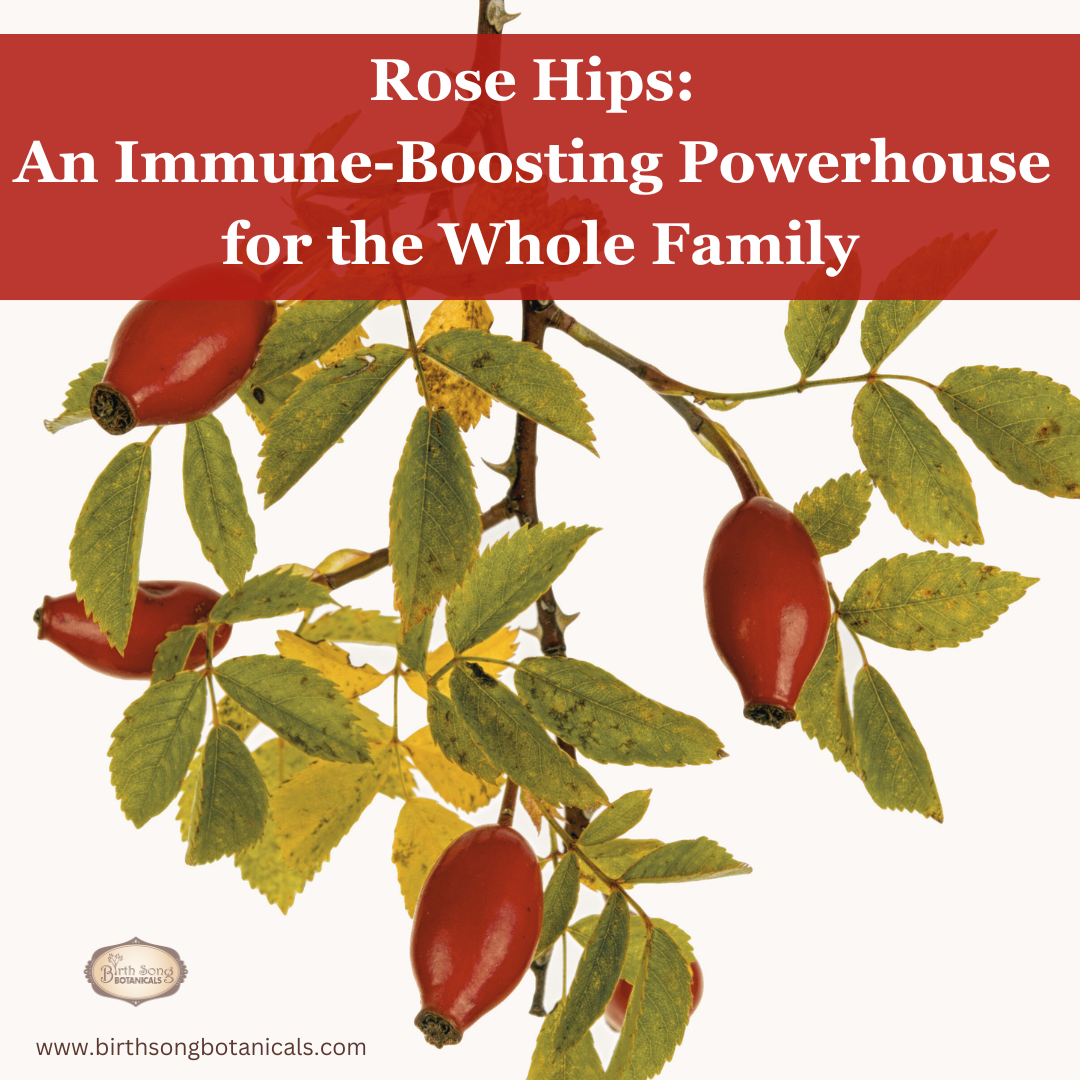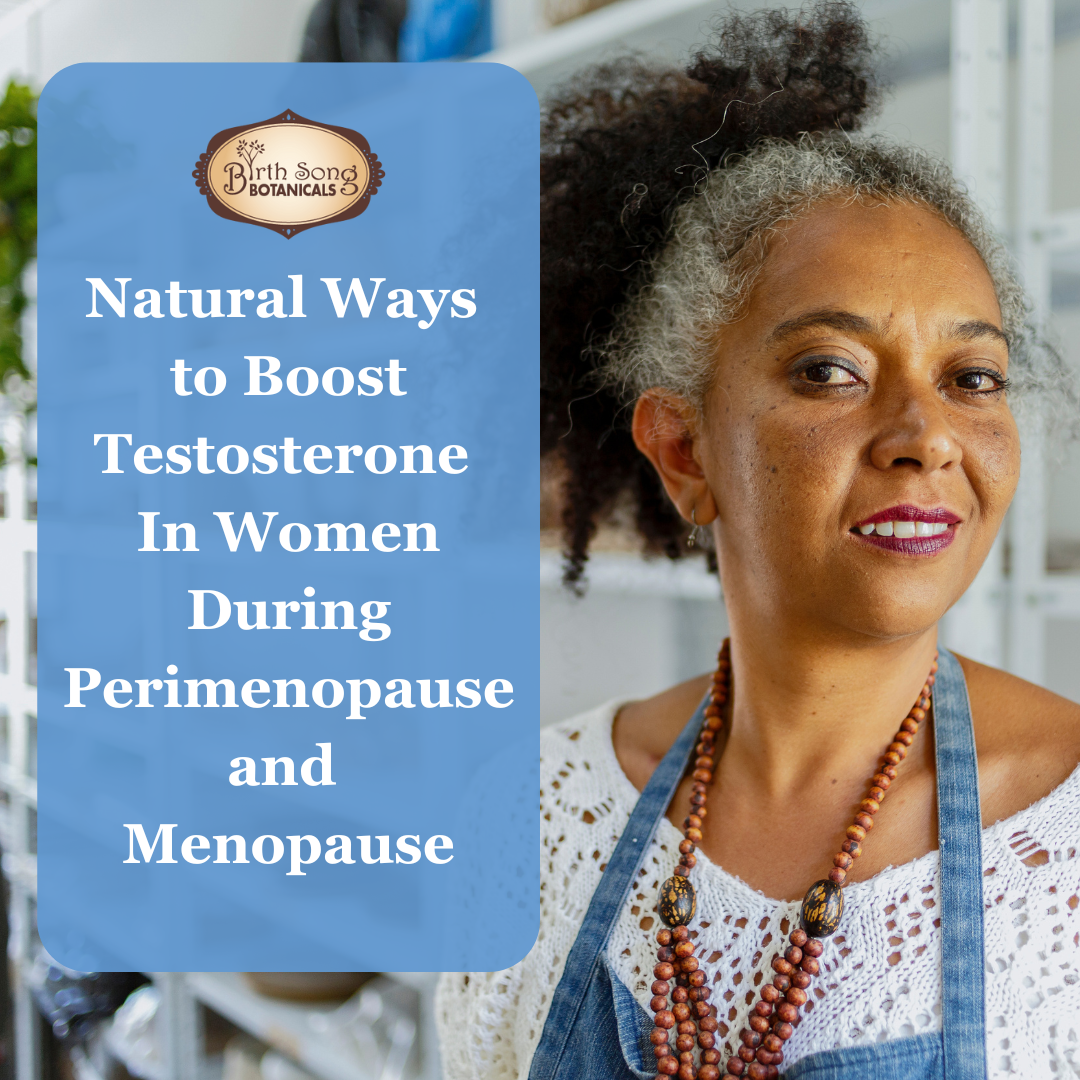7 Common Causes of Period Spotting

Last week, I received a message from a woman named Sarah. She asked me, “In regards to your recent post on flooding, when should a woman be concerned about spotting two weeks after her cycle? she added she had no recent sexual activity or accidents and that she had tubal ligation almost three years ago.”
I thought that some of you would like to know the answer to that same question. So, on today’s blog post, I will be addressing the 7 possible causes of spotting between periods and what you need to know about them!
Watch on Youtube:
Listen on SoundCloud:
Sarah, the core of your question is when a woman should be concerned about spotting two weeks after her cycle?
This is a critical conversation for us to have and for women to understand, and know-how to, address spotting between periods. Irregular menstruation can be a concern for women of all ages. Mostly there are four standard variations of the menstrual cycle that women are most likely to experience.
- Amenorrhea- which is the absence of menstruation
- Anovulation -which is the lack of ovulation
- Short, frequent menstrual cycles
- Prolonged menstrual cycles
Sometimes menstrual dysregulation is responsive to herbal approaches, and other times careful evaluation and hormonal testing are required to sort out the underlying problem.
Let me give a little background information about the length and amount of bleeding associated with a regular menstrual cycle.

The length of the menstrual cycle is primarily determined by hormonal factors, most notably estrogen and progesterone. Although some women describe their periods like “clockwork,” most women experience some irregularity of throughout their reproductive years. The endocrine system is easily affected by numerous factors: stress, changes in the amount of daily and nightly light exposure, sleep patterns, diet, weight, travel, amount of exercise, illness, and more.
The female menstrual cycle is tracked from the first day of one period to the first day of the next period. In general terms, the average menstrual cycle is 28 days long. Cycles can range anywhere from 21 to 35 days in adults and 21 to 45 days in young teens.
The usual length of menstrual bleeding is 4 to 6 days. The typical amount of blood loss per period is 10 ml to 35 ml. To give you a reference point, consider that a soaked normal-sized tampon or pad holds a teaspoon or 5ml of blood. That means it is reasonable to soak 1 to 7 normal-sized pads or tampons during your entire period. I know it can seem like so much more blood than that.
Spotting between periods is called Inter-menstrual bleeding is defined as bleeding at any time between regular menses. It refers to any bleeding that occurs after the period ends, or before the period is due to begin. It could be heavy or spotting. During the changes of perimenopause, these types of bleeding occurrences increase in frequency and intensity.
Let’s go back to the question that Sarah asked: “When should a woman be concerned about spotting two weeks after her cycle?”
Let’s break this down to see the big picture of what could be causing this and what might be happening with our friend.
Bleeding or spotting between periods can be caused by seven reasons:
- Fibroids
- Stress
- Infections
- Pregnancy or miscarriage
- Vaginal dryness and atrophy
- Hormonal changes or hormonal imbalance
- Cancer
Fibroids
Fibroids are very common in childbearing women. They are benign non-cancerous growths on the uterus or cervix. Sometimes they can cause bleeding. They range from small to quite large. An ultrasound can help determine if you have fibroids.
Stress
We live in such overstimulated stressful lives. Often we are disconnected from nature, real food, fresh air, and the ability to calm ourselves down. When our central nervous system is on overdrive, it leads to many severe health conditions such as menstrual irregularity, hormonal imbalance, insomnia, a weakened immune system, mood swings, sugar cravings, poor diet, and anxiety.

Infections
Infections of your reproductive organs ranging from sexually transmitted diseases, candida, and other pelvic inflammation (PID) can cause abnormal vaginal bleeding. Inflammation from these types of infections can lead to tissue damage and scar tissue. The bleeding can happen with or without sex.
Pregnancy/ Miscarriage
Sometimes bleeding in between regular periods can be from implantation bleeding associated with early pregnancy. It can also be a sign of a miscarriage or an ectopic pregnancy. I don’t want to alarm you because if you are pregnant, you need to know that spotting in early pregnancy is very common and might be normal.
Vaginal Dryness and Atrophy
Vaginal dryness is part of the normal process our bodies go through as we age. The need for hydration and lubrication is more important now than before. Vaginal dryness can make vaginal tissues delicate and fragile, leading to bleeding with sex and sometimes with wiping.
Hormonal Imbalances
The normal process of perimenopause can cause hormonal imbalances. As our ovaries become less productive and less responsive, they produce less estrogen and progesterone. These changes are healthy yet can lead to many discomforts associated with the symptoms of menopause.
- Dysfunctional ovaries (anovulation)
- Thyroid problems
- Starting or stopping Oral Birth Control Pills
- Significant weight loss or gain can affect hormone levels
Cancer
Cancer of the reproductive organs is an infrequent cause for the bleeding, but it’s essential to bring awareness to the possibility. Cancer of the cervix, vagina, uterus, or ovaries can cause bleeding that needs medical treatment.

Now, let us apply what we just learned about inter-menstrual bleeding to address Sara’s question.
Please note, I am not a doctor, I'm an herbalist. I do not know her medical history and do not treat, diagnose, prescribe, or heal any condition. Giving health or herbal advice would be unprofessional and potentially dangerous.
Based on the information that we have, we can rule out that the bleeding did not come from sex or trauma, and since she has a tubal ligation, we can safely assume that she is not pregnant. We can also rule out hormonal changes caused by birth control pills.
However, it still leaves us with a long list of potential causes. We don’t know if there are any infections, vaginal dryness, thyroid disorders, hormonal changes, other symptoms of perimenopause, extreme stress, or even cancer. We also don’t know how long the irregular bleeding has been happening nor how much heavy the bleeding is.
In other words, Sarah would benefit from a thorough health history, gynecologic assessment, and physical exam, with possible lab tests to test her hormones and thyroid to understand the underlying issues and create a care plan for her.
I will say this, though. Since we know from recent episode Herbs for Menopause and Menstrual Flooding, that Dysfunctional Uterine Bleeding (DUB) is a common form of menstrual irregularity and flooding that is caused by anovulatory cycles. This means the estrogen and progesterone levels drop below the threshold and cause unproductive and unresponsive ovaries leading to no ovulation or dysfunctional ovulation, which leads to a wide variety of menstrual irregularities.
Based on the information Sarah gave us, it appears that she is spotting and not flooding. Either way, she is bleeding on two separate occasions, which can be depleting on her body. To support her with this, I would recommend nourishing herbs such as red raspberry leaf and chlorophyll to correct any anemia or other deficiencies, depletion, or fatigue.
Refer to our post, Herbs for Menopause and Menstrual Flooding, to learn about the primary goals in working with herbs for menstrual irregularities. There I go into more depth about each herb and why I recommend them.
The primary goals with the herbs are too:
- Normalize the excessive or prolonged bleeding
- Correct anemia or other underlying nutritional deficiencies
- Reduce Stress
- Balance Hormones
An herb worth mentioning here is Vitex or Chaste Berry to help balance hormones.
Vitex Berry (Vitex agnus- castus)- Also known as Chaste Berry is a tonic for both the female and male reproductive systems. Brewed as a tea or decoction as well extracted into tinctures, Vitex Berry may promote fertility, regulate the menstrual cycle, and soothes symptoms associated like PMS The hormone-balancing effects of Vitex may also help relieve symptoms of menopause. It can help normalize irregular or scanty periods. It can be especially helpful for women who are coming off the birth control pill.

The last part of her question is, “when should a woman be concerned?”
This is the best time to remind you to trust your inner guidance, and if you are asking this question, then you need more answers. I encourage women to seek the care of a like-minded holistic practitioner that you feel comfortable sharing your health with. In my opinion, anytime you are in doubt, check it out. And remember that it is typical to have menstrual irregularities, especially during puberty and menopause. Women are ebbing and flowing, just like nature. Perimenopausal women are changing on such a profound level they have a new normal.
Seek medical care if you have:
- Heavy bleeding or feel like you are hemorrhaging seek medical attention immediately. If you fill 2 pads in 30 minutes or less. Or have continuous vaginal bleeding.
- Seek medical attention if you have other severe symptoms in addition to bleeding, such as dizzy, faint, ringing in your ears, pale, fatigue, fever, or pain.
- See your doctor or midwife right away if you’re pregnant and have vaginal bleeding.
- If you suspect thyroid issues, fibroids, infections, pregnancy, or cancer, please consult your care provider to get adequately tested to know the best way to take care of these conditions.
As we come to a close, it is my sincere hope that you have gained some insight into why you might be bleeding in between your periods and when you should be concerned.
Remember that healthy menstruation is not always like clockwork, and it is susceptible to changes based on your lifestyle and what’s happening in your body. Spotting between periods can be a normal part of the menopause journey. Menopause is a natural and healthy part of a woman’s fertility cycle. It’s supposed to be intense, challenging, messy, and empowering. You’re changing fundamentally, and your irregular bleeding is a part of the process, it is a part of embracing the unknown.
Today we went a little deeper into our conversation about menopause and menstrual irregularities, dysfunctional uterine bleeding, and inter-menstrual bleeding. My goodness, the learning never ends!
Thank you again, Sarah, for asking such a pertinent question. This is how we all learn from each other. We are all elevated each time we support one another in ways like this.
If you have a question about the topics of menstruation or menopausal issues and would like to see me make a video, then ask a question or leave a comment. As long the question relates to our topics, I’ll be happy to try and answer it for you here on Birth Song Blog and on Apothecary Wisdom.
Until next time my friend, drink deep and always walk in beauty.
Hugs,
Maria
🌿Want More? Check these out!🌿
- How to Enjoy Your Period
- Four Ways to Increase Fertility Naturally
- Herbal Remedies for Heavy Period Bleeding in Perimenopause
- When Will My Menstrual Cycle Return After Having a Baby
- What You Should Know About PCOS
- Tracking Your Cycle: With The Fertility Awareness Method
- How to Plan or Prevent Pregnancy
- Menstrual Cycle Syncing with Moon Phases, Herbs and Qigong
- Harnessing the Power of Mugwort and the Moon
- Balancing Hormones with Seed Cycling
- The Incredible Benefits of Shatavari for Women’s Health
- Yoni Steam- The Sacred Origin, The Herbs, and How To Steam
- Womb Food Eat These Four Foods To Improve Your Uterine Health
- Natural Remedies for Bacterial Vaginosis BV
- Black Cohosh for Hot Flashes in Menopause
- Natural Ways to Boost Testosterone In Women During Perimenopause and Menopause
- Botanica Erotica: Exploring Sensuality and Aphrodisiac Herbs
- Treating a Urinary or Bladder Infection Naturally: An Informative Guide
- A Woman's Guide to Uterine Fibroids
- Herbs for Hot Flashes in Menopause
- St. John's Wort: For First Aid, Nerve Pain, and Mood Support
Remember to:
Like our Birth Song Botanicals Facebook Page
Follow Birth Song Botanicals Co. on Instagram
Read our Birth Song Botanicals Blog
Watch Birth Song Botanicals on Youtube
Listen to Birth Song Botanicals on SoundCloud
Be inspired by Birth Song Botanicals on Pinterest












